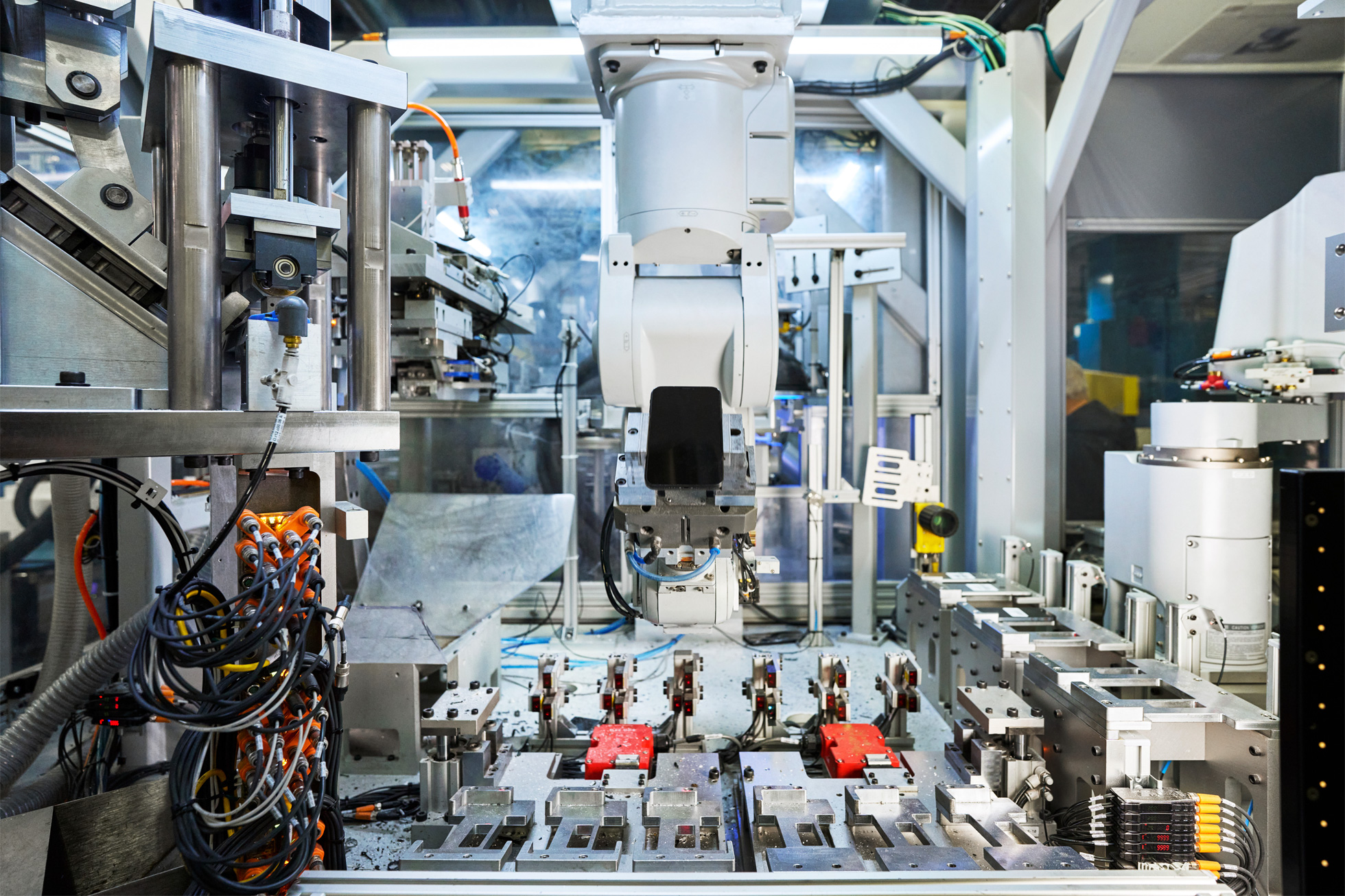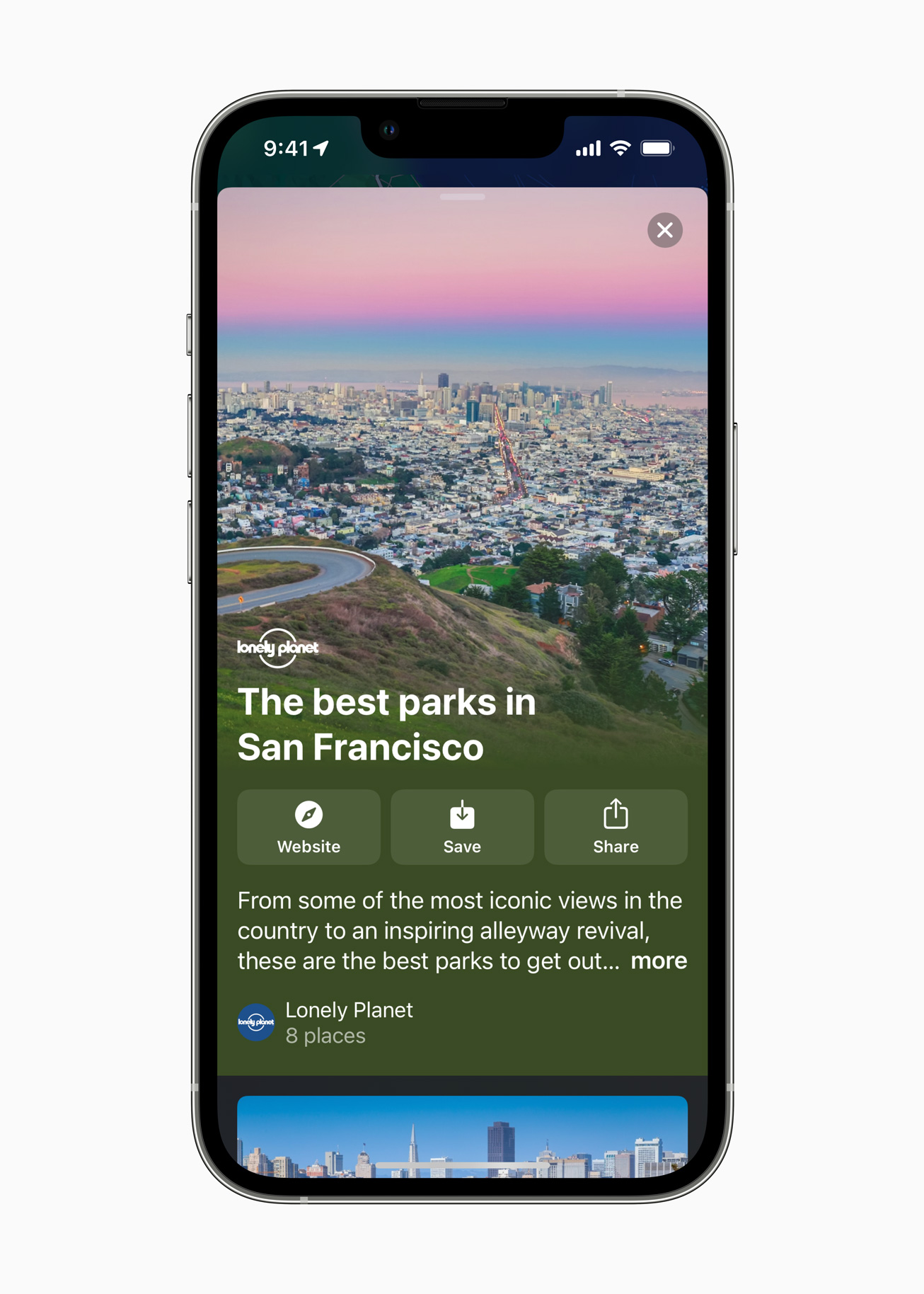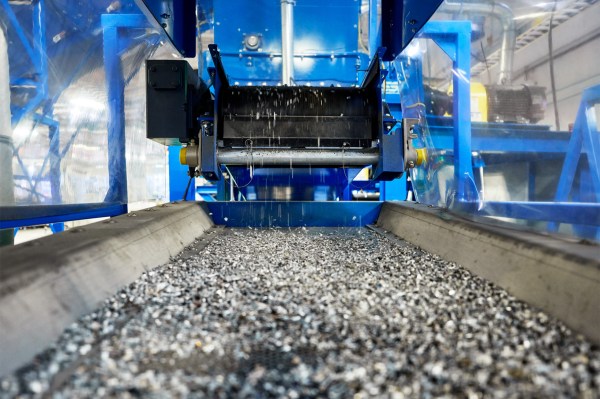Apple has unveiled a series of environmental initiatives, including expanding the use of recycled materials in its products.
In addition to starting to use recycled gold for the first time, Apple has more than doubled the use of recycled tungsten, rare earth elements and cobalt, the company said. In 2021, recycled materials accounted for nearly 20% of the materials in Apple products, which is the highest it has ever been. Last year, 59% of the aluminum in shipped Apple products came from recycled sources, with some products containing 100% recycled material within the enclosure.
The company aims to end the use of plastics in packaging by 2025. It has reduced the amount of plastics in packaging by 75% since 2015 so that in 2021 the amount of plastics in packaging was down to 4%.
In 2017, the company announced a goal of only using renewable or recyclable materials for its products. Last year, Apple products included 45% recycled rare earth elements and 30% recycled tin. Apple used 100% recycled tin for soldering the main logic board of all new iPhones, iPads, AirPods and Mac products. IPhone batteries also use 13% recycled cobalt. Apple now uses certified recycled gold in the iPhone 13 and iPhone 13 Pro for plating the main logic board and the front and rear camera wires.
The benefit of reusing all of this material is that it reduces mining. Apple says that they were able to recover enough gold and copper from one metric ton of iPhone parts as is typically mined from 2,000 metric tons of rock. In addition to reusing materials, Apple delivered 12.2 million refurbished devices last year.
To help with these recycling efforts, Apple is using a crew of robots, including the newly introduced Taz, a machine that uses shredder-like technology to separate magnets from audio modules to recover more rare earth elements. IPhone disassembly robot Daisy, which can disassemble phone batteries and prepare them for resale, is now able to take apart 23 different types of iPhone models. Apple has also offered to license Daisy-related patents to other companies and researchers free of charge.
Apple noted it has another robot, Dave, that disassembles Taptic Engines to help to recover rare earth magnets, tungsten and steel.

Image Credits: Apple’s Daisy robot
The company also released its 2022 Environmental Progress Report, which details its progress toward becoming completely carbon neutral by 2030 and reducing waste. Apple’s operations have been carbon neutral since 2020. Since 2018, its offices, stores and data centers have run on 100% renewable energy.
“As people around the world join in celebrating Earth Day, we are making real progress in our work to address the climate crisis and to one day make our products without taking anything from the earth,” Lisa Jackson, Apple’s vice president of Environment, Policy, and Social Initiatives said in a statement released on Tuesday. “Our rapid pace of innovation is already helping our teams use today’s products to build tomorrow’s, and as our global supply chain transitions to clean power, we are charting a path for other companies to follow.”
Apple also announced various Earth Day initiatives. From now until Earth Day on April 22, Apple plans to donate to the World Wildlife Fund $1 for each purchase made on apple.com, at an Apple Store or in the Apple Store app via Apple Pay, with a maximum donation of $1 million. This initiative only applies to select countries, including the U.S., U.K. and Canada.
In the U.S. and Canada, users can access guides for nature and green spaces from Lonely Planet, AllTrails and The Nature Conservancy via Apple Maps. Nature-themed cycling, rowing, meditation, yoga and treadmill workouts are now available on Apple Fitness+.
Apple also released a Yosemite National Park episode of its Time to Run programming, as well as an episode of Time to Walk narrated by conservationist Jane Goodall.

Image Credits: Apple
On April 22, Apple will unveil its augmented reality experience on Snapchat, which allows customers to learn about the environmental efforts involved in the iPhone 13, like the Daisy robot.
Curated collections of environment-related content will be available on Apple News, Apple Podcasts, Apple Books and the Apple TV app. Documentary filmmaker Jennifer Baichwal has curated a selection of films and children’s author and visual artist Oliver Jeffers has put together a collection of books.
